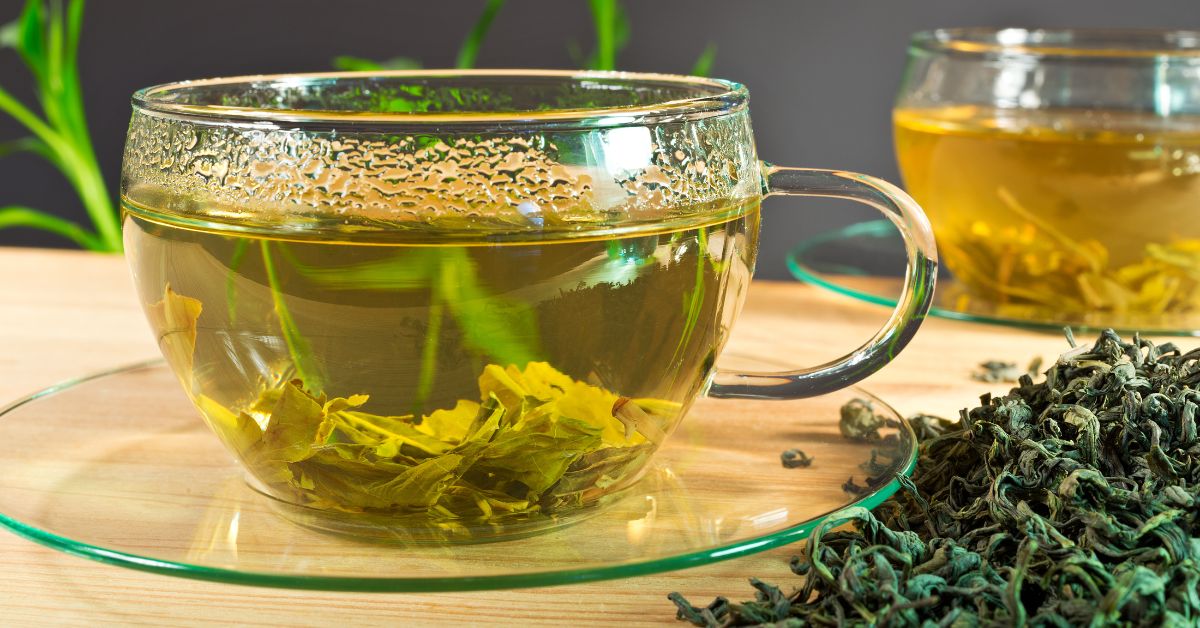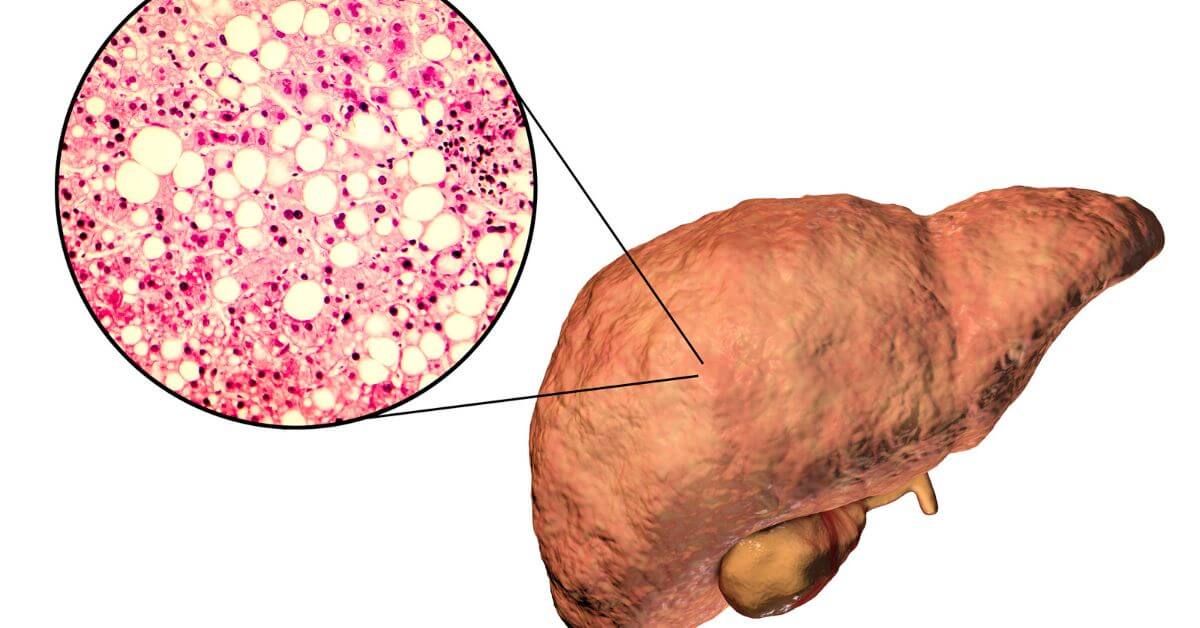A low carbohydrate diet, often abbreviated as a “low carb” diet, is a dietary approach that restricts the intake of carbohydrates, primarily found in foods such as grains, starchy vegetables, fruits, and sugary products. The main idea behind a low carbohydrate diet is to reduce the body’s reliance on carbohydrates for energy and instead promote the consumption of proteins and fats. Prediabetes Low Carbohydrate Diet can help reverse prediabetes.
Typically, in a low-carb diet, the percentage of daily calories derived from carbohydrates is significantly lower than in a standard diet. While there’s no strict definition of what constitutes “low carb,” it generally involves consuming around 20 to 100 grams of carbohydrates per day, depending on the specific plan and individual needs.
What is Prediabetes?
Prediabetes is a medical condition that occurs when a person’s blood sugar levels are higher than normal but not yet high enough to be classified as type 2 diabetes. It is considered a warning sign or a precursor to diabetes. If left unmanaged, prediabetes can progress to type 2 diabetes over time.
In prediabetes, the body becomes less efficient at processing glucose (sugar), leading to higher-than-normal blood sugar levels. However, the levels are not high enough to meet the criteria for a diabetes diagnosis. Prediabetes is also associated with insulin resistance, which means the body’s cells do not respond properly to insulin, the hormone that helps regulate blood sugar.
Prediabetes often does not cause noticeable symptoms, so many people may have it without being aware. It is usually diagnosed through routine blood tests, such as fasting blood glucose or an oral glucose tolerance test.
The risk factors for prediabetes are similar to those for type 2 diabetes and include:
- Being overweight or obese
- Lack of physical activity
- Family history of diabetes
- Age (prediabetes is more common in people over 45)
- Gestational diabetes during pregnancy
- High blood pressure
- Abnormal cholesterol levels
Fortunately, prediabetes can often be reversed or delayed through lifestyle changes, including:
- Weight management: Losing even a modest amount of weight can significantly improve insulin sensitivity and blood sugar control.
- Regular exercise: Physical activity helps the body use glucose for energy and can reduce insulin resistance.
- Healthy diet: Choosing nutrient-dense, whole foods and reducing the intake of sugary and highly processed foods can help stabilize blood sugar levels.
- Avoiding smoking and excessive alcohol consumption: These habits can further increase the risk of developing diabetes.
- Medications: In some cases, doctors may prescribe medications to help manage blood sugar levels, especially if lifestyle changes alone are not sufficient.
For those with prediabetes, regular blood sugar monitoring is crucial to monitor their development and stop the condition from turning into type 2 diabetes. When prediabetes is identified, people should collaborate closely with their medical professionals or registered dietitians to develop a specific management strategy. Type 2 diabetes and its associated consequences can be greatly decreased with early intervention and lifestyle adjustments.
How a Low-Carbohydrate Diet Can Help Reverse Prediabetes?
Blood sugar levels that are higher than normal but not high enough to be categorized as type 2 diabetes are called prediabetes. Prediabetes’s low carbohydrate diet may help reverse the disease. If no action is done, it is seen as a warning indication that you could develop diabetes.
How a low-carb diet can aid in reversing prediabetes is as follows:
- Blood sugar regulation: The primary source of glucose (sugar) in our diets is carbohydrates. High-carbohydrate diets cause blood sugar levels to rise quickly, which strains the body’s ability to respond to insulin. A low-carb diet helps control blood sugar levels by consuming fewer items that trigger sudden rises in glucose levels. Insulin is a hormone that enables cells to absorb glucose from the bloodstream and use it as fuel.
- Insulin Sensitivity. Higher blood sugar levels are the result of the body’s cells developing insulin resistance in prediabetes. A low-carbohydrate diet can increase insulin sensitivity, facilitating the body’s effective use of glucose.
- Weight loss: Being overweight increases your chances of developing type 2 diabetes and prediabetes. Low-carb diets can aid in controlling appetite and lowering calorie consumption, making them frequently beneficial for weight loss. Losing weight can increase insulin sensitivity and lower the likelihood of developing diabetes.
- Cholesterol and Triglyceride Levels: It has been demonstrated that low-carb diets can enhance lipid profiles by lowering triglyceride levels and raising levels of “good” HDL cholesterol. As a common side effect of diabetes, this may reduce the risk of heart disease.
- Lessen Inflammation: According to certain research, low-carb diets can lessen the body’s inflammatory indicators. Lowering chronic inflammation may be advantageous because it is linked to insulin resistance and diabetes.
- Lower Glycemic Load: Consuming meals with a lower glycemic load, or those that have a smaller effect on blood sugar levels, is frequently emphasized in low-carb diets. Blood sugar levels are kept more consistently steady as a result throughout the day.
While many people with prediabetes can benefit from a low-carbohydrate diet, it’s crucial to keep in mind It is not the sole strategy. To manage prediabetes and lower the risk of developing type 2 diabetes, lifestyle adjustments such as consistent exercise, stress reduction techniques, and enough sleep are also essential.
Consult with a healthcare provider or a registered dietitian to develop a personalized plan that fits your unique health needs and goals before beginning any significant dietary changes. They can keep track of your development and make sure the diet is secure and suitable for your particular.
Which Food you can include in Prediabetes Low Carbohydrate Diet
For diabetics looking to follow a low-carb diet, it’s important to focus on foods that have minimal impact on blood sugar levels while providing essential nutrients. Here are some of the best low-carb foods for diabetics:
- Non-Starchy Vegetables: Non-starchy vegetables are rich in fiber, vitamins, and minerals and have a low carbohydrate content. Examples include leafy greens (spinach, kale, arugula), broccoli, cauliflower, zucchini, bell peppers, and cucumbers.
- Berries: Berries are relatively low in carbohydrates and high in fiber, antioxidants, and essential nutrients. Blueberries, strawberries, raspberries, and blackberries are great choices.
- Avocado: Avocado is a healthy source of monounsaturated fats, which can help improve cholesterol levels. It is low in carbohydrates and high in fiber, making it an excellent choice for diabetics.
- Nuts and Seeds: Nuts and seeds are rich in healthy fats, protein, and fiber. Almonds, walnuts, chia seeds, flaxseeds, and pumpkin seeds are good options, but portion control is essential as they are calorie-dense.
- Fish: Fatty fish like salmon, mackerel, and sardines are rich in omega-3 fatty acids, which have anti-inflammatory properties and are beneficial for heart health.
- Poultry and Lean Meats: Chicken, turkey, and lean cuts of beef and pork are good sources of protein without added carbohydrates.
- Eggs: Eggs are a versatile and nutritious option with minimal carbohydrates. They provide protein and essential vitamins and minerals.
- Greek Yogurt: Greek yogurt is lower in carbohydrates and higher in protein compared to regular yogurt. Look for plain, unsweetened varieties to avoid added sugars.
- Cheese: Most types of cheese are low in carbohydrates and can add flavor and richness to meals. Opt for natural cheeses without added sugars or fillers.
- Olive Oil: Olive oil is a healthy source of monounsaturated fats and can be used for cooking or as a dressing for salads and vegetables.
When following a low-carb diet, it’s essential to avoid or limit foods that are high in carbohydrates and have a significant impact on blood sugar levels. These include:
- Sugar-sweetened beverages
- Processed and sugary foods (cakes, cookies, candies)
- Grains (bread, pasta, rice)
- Starchy vegetables (potatoes, corn)
- Fruits high in sugar (bananas, grapes, mangoes)
It’s important for diabetics to work with a registered dietitian or healthcare provider to develop a personalized meal plan that suits their individual health needs and helps manage blood sugar levels effectively. Regular monitoring of blood sugar levels and adjustments to the diet as needed are crucial for diabetes management.
Conclusion
In conclusion, adopting a low carbohydrate diet can be a promising approach for individuals with prediabetes seeking to manage their condition and reduce the risk of progressing to type 2 diabetes. By limiting the intake of high-carbohydrate foods that cause rapid spikes in blood sugar levels, a low-carb diet helps regulate blood sugar and improve insulin sensitivity. This dietary approach also promotes weight loss, which plays a crucial role in preventing and reversing prediabetes.
Emphasizing nutrient-dense, whole foods such as non-starchy vegetables, berries, avocados, nuts, seeds, and lean proteins allows individuals to maintain a balanced and satisfying diet while supporting their health goals. Moreover, the reduction in inflammation and improvement in lipid profiles associated with low carbohydrate diets can further contribute to overall well-being.
However, it is essential to approach a low-carbohydrate diet with personalized guidance from healthcare professionals or registered dietitians. Each individual’s health status, dietary preferences, and lifestyle factors should be considered to create a safe and effective meal plan. Regular monitoring of blood sugar levels and ongoing support is vital to track progress and make necessary adjustments to ensure optimal management of prediabetes.
By combining the benefits of a low carbohydrate diet with regular exercise, stress management, and other healthy lifestyle habits, individuals can take significant steps towards reversing prediabetes and achieving better long-term health outcomes. Early intervention and a proactive approach to prediabetes management empower individuals to take control of their health and reduce the risk of developing type 2 diabetes and its associated complications.






